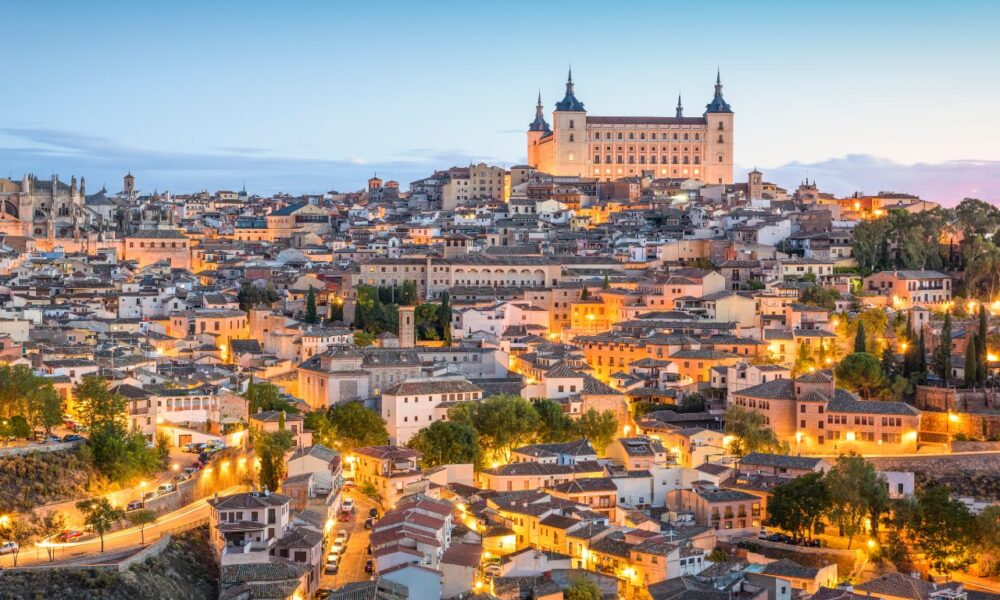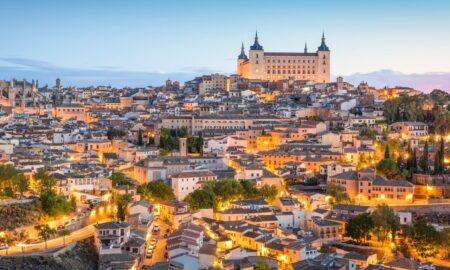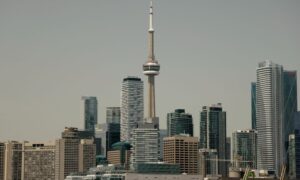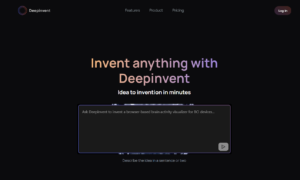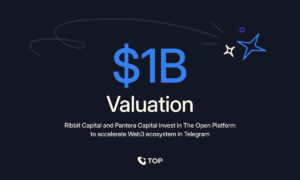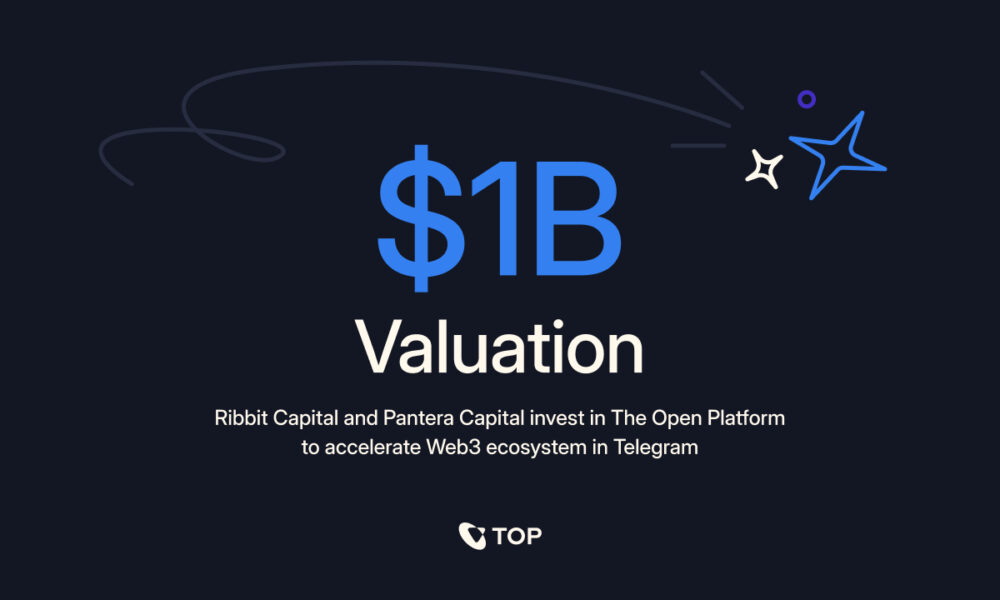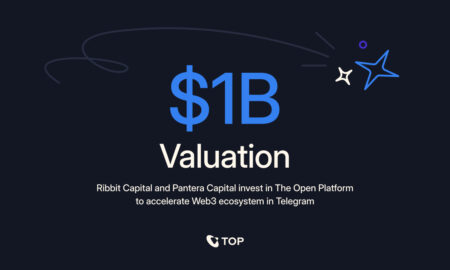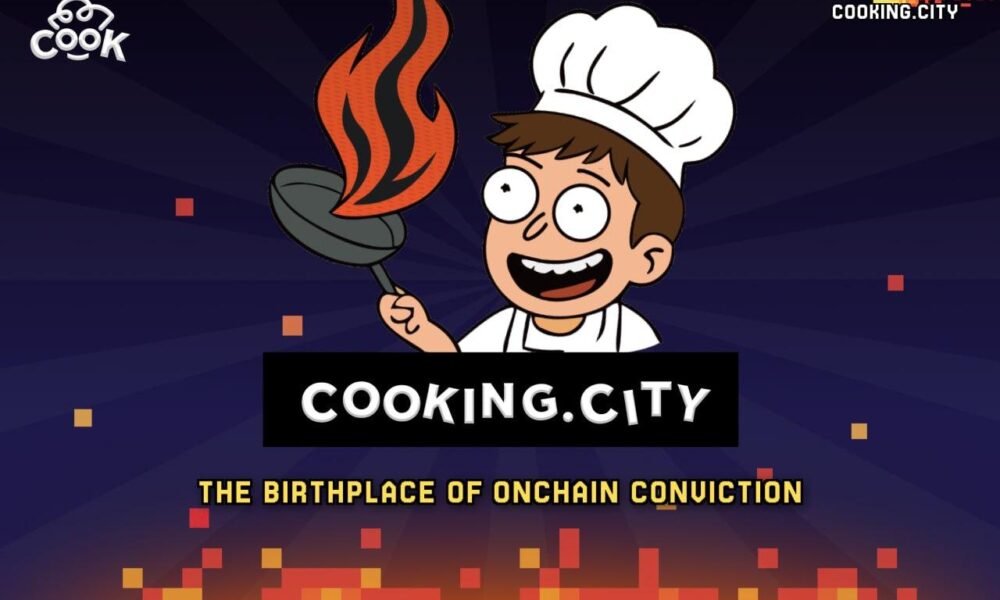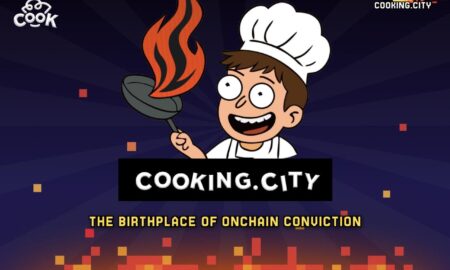Latest News
-
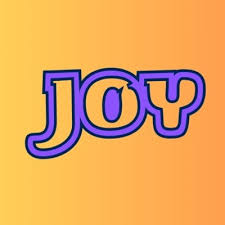
 6
6Unlocking the World of APK MODs with APKMODJOY: A New Era of Mobile App Experiences
In today’s fast-paced digital world, smartphones have become essential tools for work, play, and everything in between. Millions of people download and...
-

 7
7The Hidden Tech Behind Every Successful Home Move
When most people think of moving house, they picture bubble wrap, cardboard boxes, and the inevitable scramble to find missing keys. But...
-

 48
48Best Raz Vape Flavors for Cloud Chasing: Your Guide to Big Clouds and Great Taste
Hey there! Are you ready to make some seriously impressive clouds? If you love vaping and want to step up your game,...
-
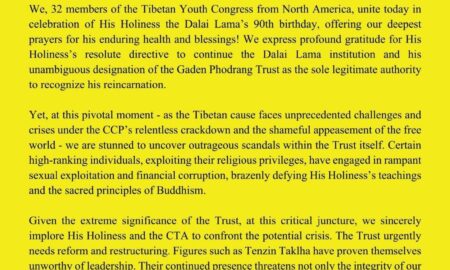
 11
11Tibetan Youth Congress Members Issue Public Statement Demanding Reform within Gaden Phodrang Trust During the Dalai Lama’s 90th Birthday
In an unprecedented move that has sent shockwaves through the Tibetan exile community, 32 self-identified brave individuals of the Tibetan...
-

 7
7How to Pick a Chauffeur Service in Frankfurt for a Birthday Party?
Planning a birthday party in Frankfurt and thinking about hiring a chauffeur service? You are not alone. A chauffeured ride just adds...
-

 10
10Miami Cuban vs. Franco Chain: Which One Fits Your Style?
Choosing the right chain isn’t just about gold and shine, it’s about how it feels when you wear it. Two of the...
-
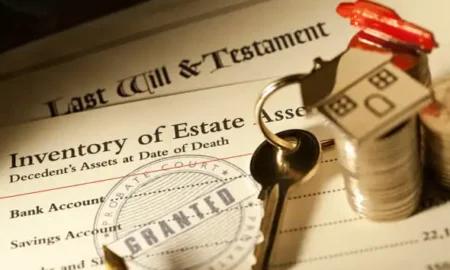
 10
10How Estate Laws Can Affect Your Inheritance
When it comes to receiving an inheritance, many people assume the process is straightforward. However, estate laws play a significant role in...
-

 9
9Understanding Different Types of Sanitary Pads and Their Benefits
Every month, most women go through a period known as their menstrual cycle, commonly referred to as their period. At this time,...
-

 51
51Best Flower Shop in Miami: Discovering Floral Excellence in the Magic City
Introduction Miami’s kaleidoscope of cultures, coastal glamour, and year-round sunshine create an ideal stage for show-stopping blooms. From Art Deco weddings in...
-
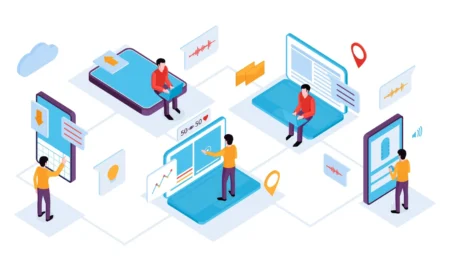
 12
12How RPA in HR Enables End-to-End Automation of Core HR Process
Human Resources no longer equals recruitment and employee files. HR now needs to manage complex workflows such as hiring, onboarding, payroll, compliance,...
-

 10
10How Victims of Immigration Scams Can Access Legal Aid and Support
In an increasingly interconnected world, the promise of opportunity often lures individuals across borders in search of a better life. Unfortunately, this...
-

 10
10How Tech Helps Cut Equipment Downtime for Landscaping Teams
In landscaping, time is money, and nothing eats into both quite like equipment downtime. When mowers, trimmers, or aerators go offline, crews...
-

 21
21Unforgettable Experiences for Your Philippine Island Adventure
The Philippine archipelago offers an incredible mix of pristine beaches, vibrant cities, and rich cultural heritage. Whether you’re seeking adrenaline-pumping activities or...
-
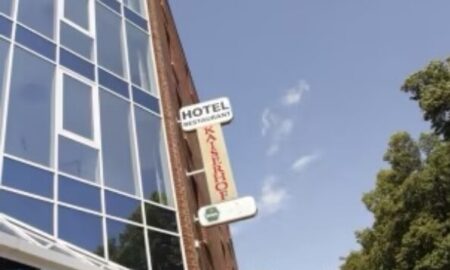
 28
28Why Air Conditioning Is the New Luxury Standard in German Hotels – And How Hotel Kaiserhof Wesel (46483) Is Leading the Way
For many travelers, especially those coming from warmer regions, arriving in Germany during the summer can come with a surprise: most...
-
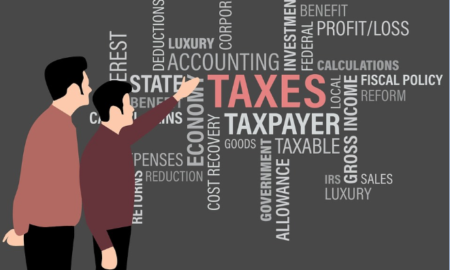
 22
22Taxes in 2026: Cyprus Audit Firms Offer Insight on EU and Global Trends
As governments across Europe gear up for future reforms, 2026 is shaping up to be a pivotal year in tax policy. From...
-

 20
20Unlock Tranquility with the Ideal September Umrah Package for a Life-Changing Pilgrimage
Introduction Umrah is one of the most adored worships of Islam. Even though it is not a mandatory act such as Hajj,...
-
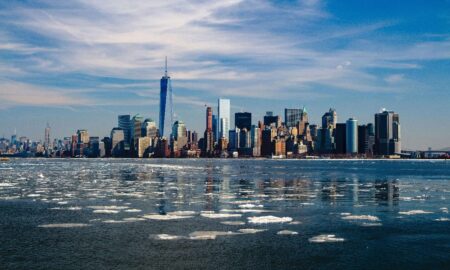
 26
26Top Travel Destinations for Tech-Savvy Professionals in the U.S.
The rise of remote work, flexible schedules, and digital-first lifestyles has transformed how professionals approach travel. No longer limited to vacation days...
-
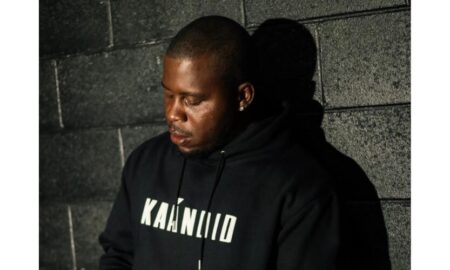
 28
28Edubb302 Set to Release The Lost Files in August: A Raw Collective for the Active Listeners
In a world where polished façades often replace raw truth, Edubb302, the stage name of Wilmington-based artist Elijah Beckham, is taking a...

